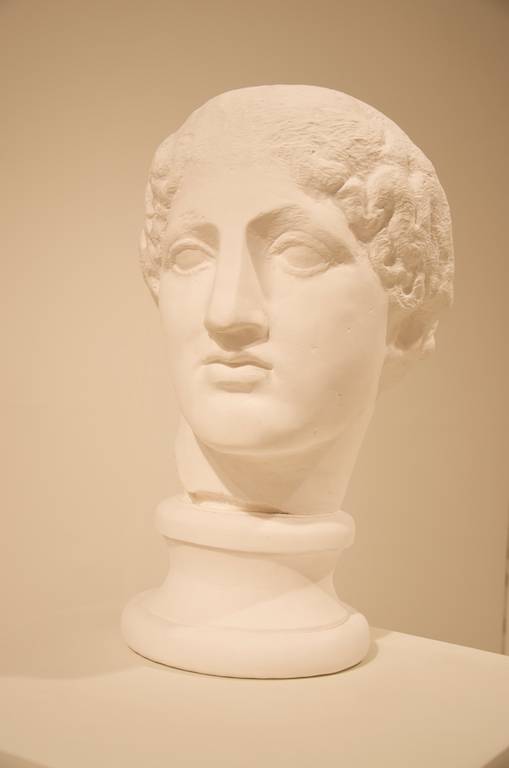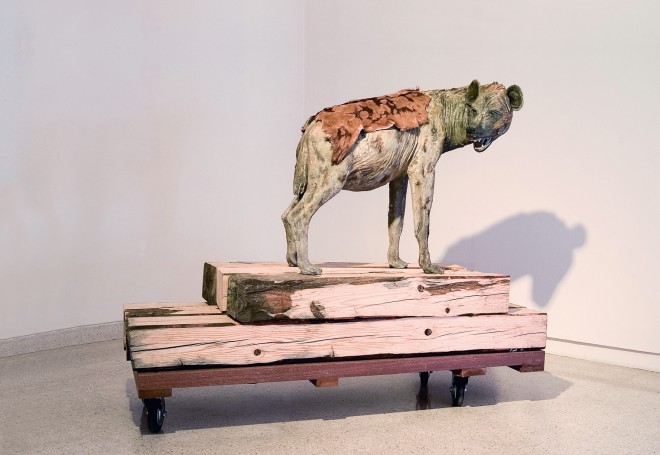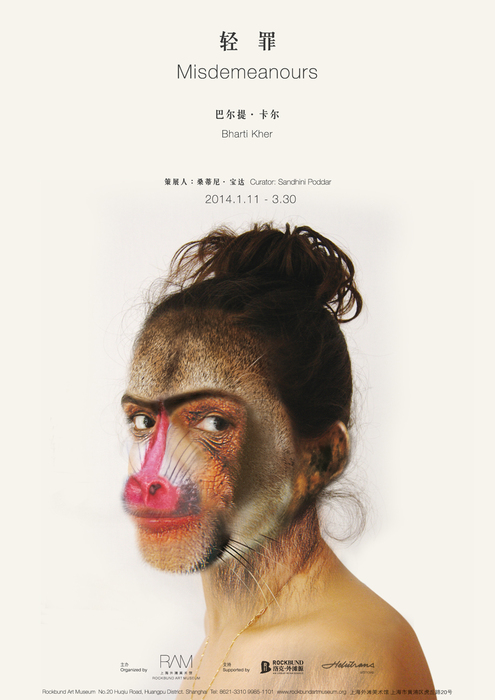I
arrived early before opening hours at Mältinranta Art Centre. I
walked in with the cleaners without realising that I might be
imposing. The space was streaked in early spring light and glowed
with still moist floors, an early morning hubbub of commotion playing
accompaniment to the last drips of a coffee peculator. After
initial confusion as to why I was there the lovely worker bees let me
in to the gallery to discover the exhibitions and the large paintings
of Saija Kivikangas in the main exhibition space and smaller
paintings and installation paint giants of Paula Puoskari in the
Mältinranta Studio.
 |
| Paula Puoskari: left:Justitia's headstrong daughter (Justitian omapäinen tytär), 2014, acrylic on law book pages, 305 x 120 cm; right. Justitia’s acolyte Artiksella (Justitian apuri Arktiksella), 2013, acrylic on law book pages, 341 x 115 cm. |
On
entering Paula Puoskari's exhibition Janus and Justitia, I was
arrested by the sight of two giants. Their limbs dragging on
the floor with vacant expressions on two colourful faces looking down
at me, curious, judging. The two giants Justitia's headstrong
daughter
(Justitian
omapäinen tytär) and Justitia's acolyte Artiksella (Justitian apuri Arktiksella) are created
using acrylic paints on the pages of a law book and sometimes simply
the paint itself. They are partially transparent and exude an
animalistic quality and ancient knowledge that I found calming.
 |
| Paula Puoskari: Headfirst (Päistikkaa), 2013, acrylic and nails, 225 x 70 cm |
The
other works in the space were primarily paintings excluding another
blue acrylic figurine Headfirst (Päistikkaa) that
reminded me of drowning. The more traditional paintings in the space
were also exciting and provided a good contrast to the more
sculptural works, but in the end became more of a living room backdrop
for the other works. Pouskari has also worked as a lawyer giving
further credence to her use of material and subject matter.
 |
| Saija Kivikangas, Nro 030214, 2014, mixed-media on plywood, 244 x 244 cm |
In
the main gallery Saija Kivikangas and her exhibition, When is it
perfect?, dominated the room with conservatively hung and spaced
large scale mixed-media paintings on plywood. Her work Nro 030214,
immediately reminded me of Peter Doig's Canoe-Lake which I had seen
years before at the Saatchi gallery in London. The flowing water
alone would have been enough to connect them but the paintings of
Kivikangas's although bereft of human figures have a human presence
in them that echoes, in my mind, the sense of confusion and
loss found in Canoe-Lake.
 |
| Peter Doig, Canoe-Lake. 1997-98, oil on canvas |
Her
work and the names hinted at snapshots of moments, personal moments
mainly of nature but at times the paintings became more architectural
in nature as was evident in Nro 010114. All in all the exhibition
worked for me, it has left me questioning and wondering, returning to
the imagery and creating a platform to view her work.
 |
| Saija Kivikangas, Nro 010114, 2014, mixed-media on plywood, 244 x 366 cm |
Exhibition:
Studio Mältinranta, 8.-25.3.2014
Paula Puoskari, paintings and giants, Janus and Justia
Exhibition:
Gallery Mältinranta, 8.-25.3.2014
Saija Kivikangas, Paintings, When is it perfect?
Taidekeskus Mältinranta
Mon - Tue 12–18, Fri - Sun 12–16.
Kuninkaankatu 2
33210 Tampere
Finland
































.svg/660px-Crosswalk_styles_(en).svg.png)


